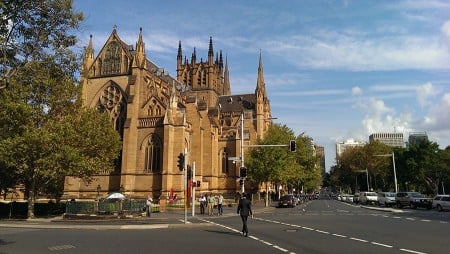Then there’s the screen which is just as amazing as the design itself. Hat’s off to HTC with this one, as the company has provided the sharpest screen yet of 2013.
While most companies are talking up Full HD screens with 440 pixels per inch, and Apple is still saying that it has the sharpest screen with its “Retina” resolution, HTC has one-upped everyone with a 4.7 inch Full HD display that shows off an astonishing Retina-blasting 468 pixels per inch.
The screen is also a high-grade In-Plane Switching display that is viewable from every angle and even works well in sunlight.
Turn it on and you’ll see that the attention to detail hasn’t stopped with the design, with a speedy boot time that can be reflected in pretty much anything you do on the phone.
The processor in the One is newer and more powerful than in at least two of its competitors, with HTC choosing the newer Snapdragon 600 processor over the Krait processor used in both the Sony Xperia Z and LG Optimus G, resulting in some of the fastest and smoothest operation across the board.
With this new chip, the HTC One is a dream, offering a benchmark performance that not only doubles its predecessor, but pushes over 5000 points higher than what is offered in available competing devices.
Running multiple apps and multitasking is more than capable in this handset, with the processor offering plenty of speed, too. We had no problems switching between various pieces of software, and nothing struggled.
To put it simply: this thing handles like a dream.
Mobile broadband performance is equally excellent, with 4G LTE connections downloading in the test city of Sydney at a maximum of 60Mbps, though regularly scoring between 30 and 50Mbps daily. Upload speeds sat at around 20Mbps for our entire test, which is par for the course for most 4G smartphones.
And then there’s the battery, which is boasting better life than any other Android flagship we’ve tested this year.
Without switching power saving on, we managed just over a day of life, deciding to charge around 10.30 am the following day, after being switched on for roughly 30 hours, and doing the regular gamut of web surfing, texting, making phone calls, social networking, and listening to music.
Throw the power saving mode on and two days are possible, though your vibrating haptic feedback does switch off when this mode goes on.
Mega– no, sorry, Ultrapixels
One of the features being pushed hard in this handset is the camera, and while every other flagship Android smartphone to come out this year is brandishing some form of 13 megapixel camera, HTC is using a four megapixel sensor that boasts a slightly larger sensor than what is normally used in mobile phones.
With a bigger sensor comes the ability to draw in more information, and that should make the quality of the images better again, so HTC’s argument of sensor size versus megapixels re-ignites the megapixel myth. HTC calls this technology “Ultrapixels,” and together with a low aperture (f/2.0) and dedicated image signal processor, should achieve some decent images.

To test this properly, we felt obliged to compare the camera against something that’s out there right now, so we opted to use the LG Optimus G and its 13 megapixel camera, which rated highly for us recently.
In the tests we made, some of which we printed out to see if the quality was comparable, we found that the HTC Ultrapixel sensor provided more accurate colours and better detail, but not necessarily the same depth moving back into the image thanks to the lack of megapixels.
Online, this isn’t likely to be a big deal, but if you need to print the images out, you will see a difference between four megapixels and 13.

Typical camera modes are included, with normal shooting, HDR, panorama, while a simple swipe with your finger from the top of the screen to the bottom will switch to the front-facing camera, which also features a timer before a selfie is fired.













Not too bad of a review, but seriously the power button is not an issue. And neither are the soft buttons at the bottom….so many of you keep copying other peoples remarks about these buttons and making them into negatives when in fact it’s a non issue.
We weren’t copying remarks, we were reviewing the phone.
For what it’s worth, my hands were small enough to find the power button annoying, but someone else in the office with larger hands had no issues at all.
The soft buttons at the bottom are a little finicky when it comes to pressing, and even today (as I’m about to pull the SIM out and start reviewing another phone) I was having the problem where I was pressing the screen when I was actually pressing the soft button.
I can accept both– i mean the button and the review. Takes some time to adapt, not a deal breaker though.
The power button should be standardised somehow.. BlackBerry Z10 has it in the top middle. HTC One on the top-left, iPhone on the top-right. GALAXY S4 on the middle-right-side 😐
For the Back button, HTC design actually makes more sense (on the left – like in browsers). But I guess we are so used to having it on the right + the Home button in the middle